HarmonyOS
Huawei HarmonyOS to be used in space technologies this year: Huge
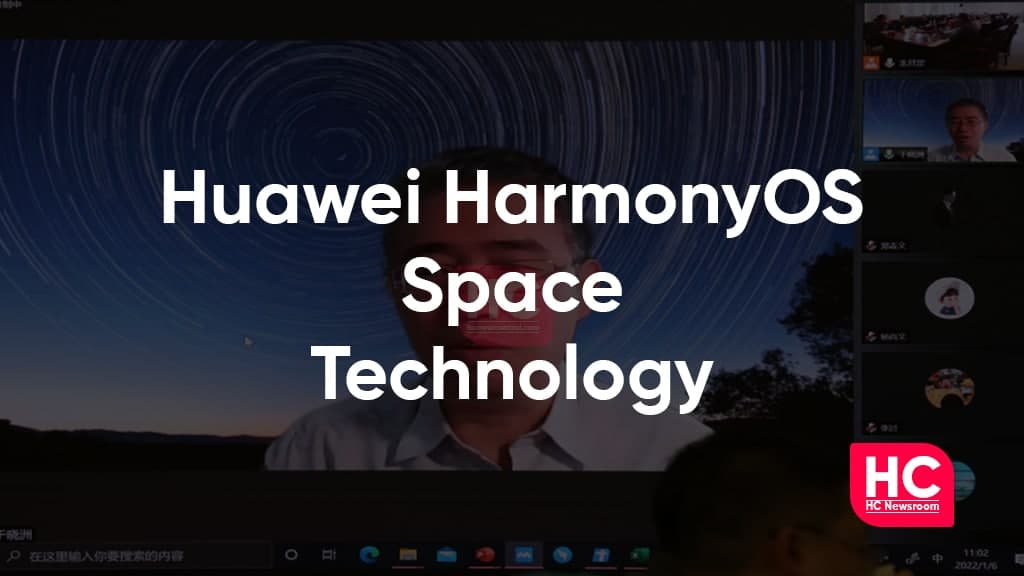
Huawei launched the HarmonyOS ecosystem as an all-in-one platform that has capabilities to provide its services in all fields. According to the latest information, Huawei HarmonyOS is now expanding its boundaries and will be used for the betterment of space technologies this year.
However, Huawei has donated the core structure of HarmonyOS and all the basic capabilities codes to OpenAtom Foundation. Based on the HarmonyOS system, OpenAtom Foundation developed an Open Source Project OpenHarmony and operate it.
OpenHarmony is an open-source distributed operating system and jointly created by developers around the world. It has the characteristics of being oriented and distributed for all scenarios.
On January 6, the OpenHarmony project group and Aerospace project group’s (OpenHarmony in space, “OHIS”) first meeting was held from Aerospace University in Beijing, after preparation of more than half a year. During the meeting, the participants were the Research institutes, commercial aerospace companies, and secondary schools, sponsor member units of the working group.
The OpenHarmony can vital play in the future is presented from a scientific and engineering point of view. This is expected to open up huge opportunities for development in China’s satellite systems and surpass SpaceX’s Star Chain plan.

OpenHarmony and micro-nano satellite technology:
At the meeting, Yu Xiaozhou, leader of the OHIS Working Group and Professor at the Dalian University of Technology, introduced the latest work progress of the Working Group, especially the possibility of combining OpenHarmony and micro-nano satellite technology.
Micro-nano satellites usually refer to satellites of 1-100 kg, and about 2,000 of them have been launched into orbit. The operating systems used in micro-nano satellites such as VxWorks, FreeRTOS, and µC/OS have been developed by large foreign companies.
At present, with the increasingly complex software and hardware systems of on-board systems, the adoption of the OpenHarmony operating system will facilitate generalization and modular design of on-board systems, shorten development cycles, and improve reliability and real-time performance.
Currently, the key research and development international cooperation project of the Ministry of Science and Technology, led by Dalian Technological University, and jointly undertaken by the University of Lige, Lige Space Center, Chinese Academy of Sciences Microsatellite Innovation Research Institute, and the Chinese Academy of Sciences. Gone. The Society of Astronautics has been officially approved by the Ministry of Science and Technology. Experts from China and Belgium will locate exoplanets 4.2 light-years away based on the Micro-Nano Satellite Platform.
A range of core systems such as the project’s approach control and propulsion will use the OpenHarmony operating system. With collaboration with several domestic commercial satellites, the OpenHarmony operating system will be taken to the sky in 2022 with multiple missions.

Report:
Professor Wang Zhaokui of Tsinghua University, deputy head of the OHIS working group, gave a report titled “Real-time situational awareness and intelligent processing of imaging satellites”. Real-time intelligent situational awareness is an important direction for the development of satellite applications in the future.
Based on the research of this team, Wang Zhaokui initiated deep learning into the research progress and software and hardware requirements of intelligent methods such as satellite real. Timely situational awareness, and handling of proposed OpenHarmony’s future satellite intelligence technical needs and development proposals.
OpenHarmony in Space:
Concentrating on the potential application of OpenHarmony in the field of space target detection and detection, Professor Jing Fei from Tsinghua University conducted a comprehensive analysis of the hazards of space target manufacturing and spacecraft operation and studied China’s deep space and low- analyzed jointly with Earth’s orbit and target monitoring.
The projects, the important role that OpenHarmony can play in the future, are presented from a scientific and engineering point of view. Based on resources from Tsinghua University such as Future Chip Beijing High-Precision Advanced Center, Jing Fei highlights the advantages and long-term position of OpenHarmony, such as satellite intelligent chips, hardware mutual assistance, and multi-machine migration. Satellite bottom chips, core devices, and three levels of functional components. This is expected to open up huge opportunities for development in China’s satellite systems and surpass SpaceX’s Star Chain plan.
Professor Zhang Guo of Wuhan University introduced the future construction plan of the “Light Sound” constellation, the progress, and the possibility of combining it with OpenHarmony technology. “Space Hydrology Station” and “Space Water Quality Station” are partial replacements for Surface Hydrology Station and surface water quality stations.
In addition, the planetarium UAV integrates swarm and ground monitoring stations, which will become an integrated intelligent perception network of sky and ground, which can better serve water conservancy, agricultural environmental protection, and other industries. Geng Sameng of Aerospace Maker (Beijing) Technology Co., Ltd. presents the relevant plan for the introduction of OHIS education in primary and secondary schools.
Focusing on OpenHarmony’s open-source ecosystem, Yang Mutian of Zhongke Weilan Technology Co., Ltd. with the title “Open Source in Aerospace, Building a Foundation for Security -” discusses the security issues of open source software supply chains for the aerospace sector, startup, open-source ecological security vulnerability awareness technology”, and proposed a series of recommendations to build a new generation of security infrastructure to improve industry security.
Furthermore, OHIS Working Group Charter and future directions for space exploration based on OpenHarmony. As the OpenHarmony open source project enters the aerospace sector and gradually realizes the ambitious goal of OpenHarmony in Space. Also, a number of achievements will be implemented in 2022.
(Source: ithome)
HarmonyOS
TAILG launched new scooter with HarmonyOS
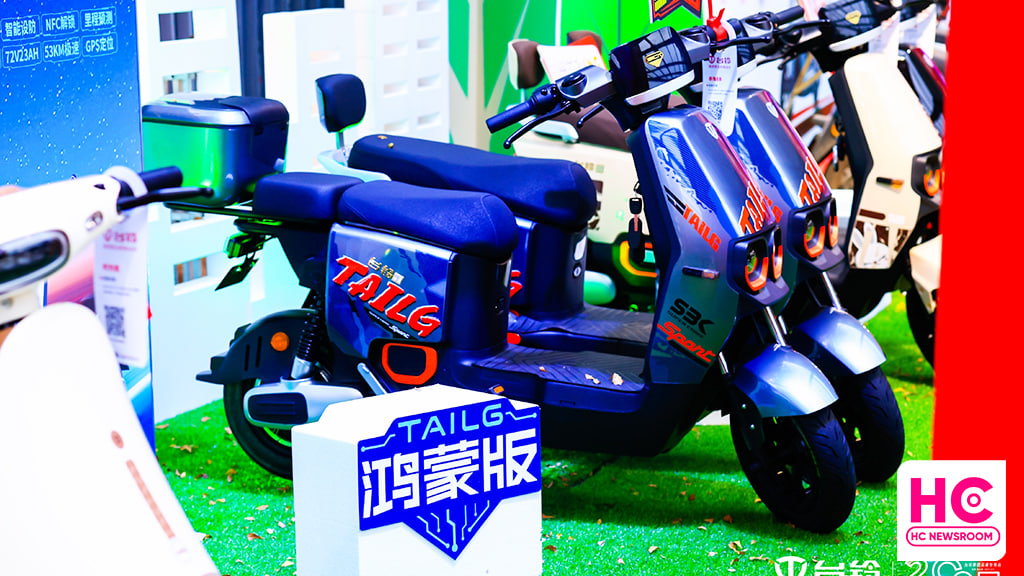
TAILG has launched a brand new electric scooter, which is powered by the HarmonyOS operating system and an all-around stylish look to provide a better experience for consumers.
It has a custom-made avant-garde handlebar, as well as an exclusive smart touch screen, which can display various driving data of the vehicle in real-time. It also equips with a variety of smart unlocking features, including one-key ignition.
The latest TAILG brings HarmonyOS features such as APP control, NFC unlocking, mileage prediction, smart fortification, and vehicle inspection. The TAILG HarmonyOS electric scooter packs a 72V23AH graphene battery, a 1000W cloud-powered motor, and a GPS positioning system.
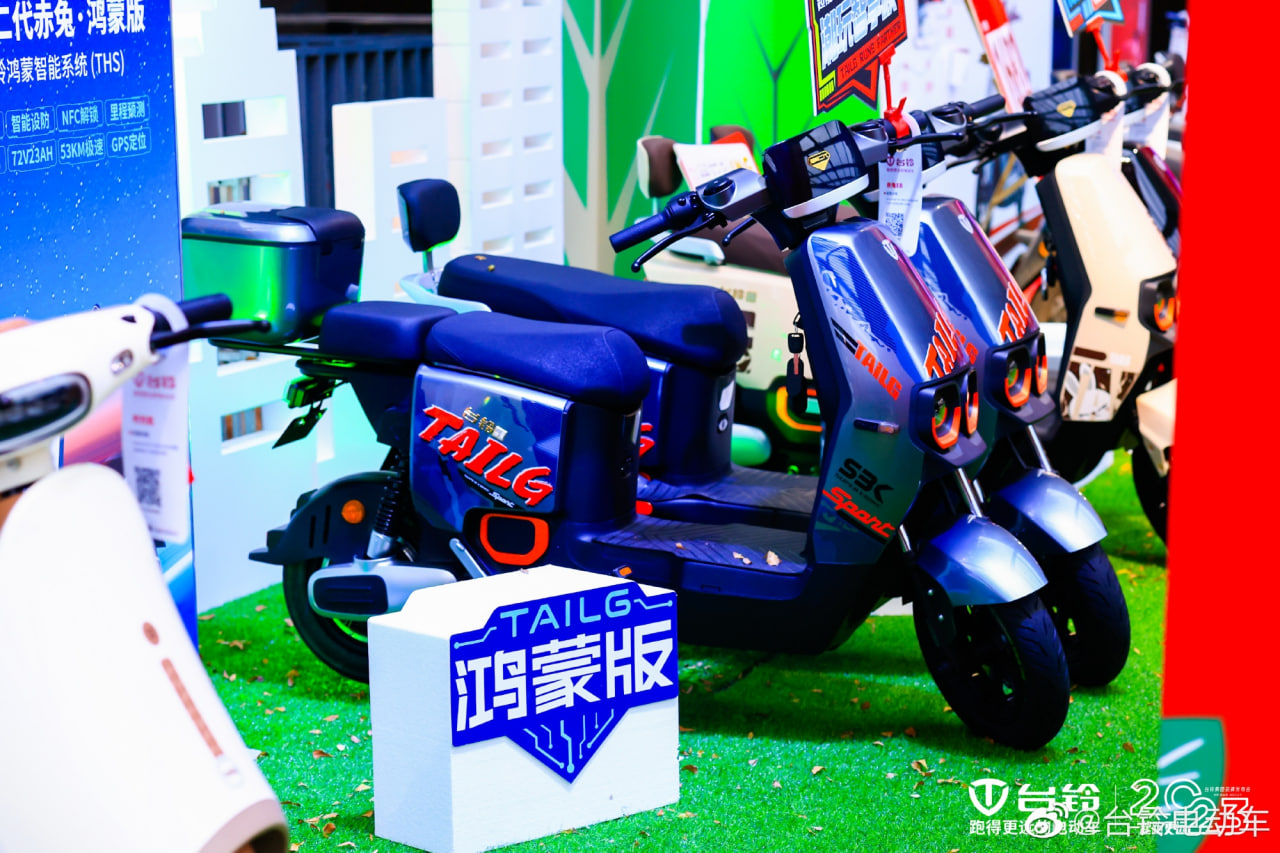
Looking at the price segment, the TAILG HarmonyOS scooter starts at 3899 yuan, and the high-end version is priced at 4588 yuan. This new electric scooter will be sold in offline stores across China.
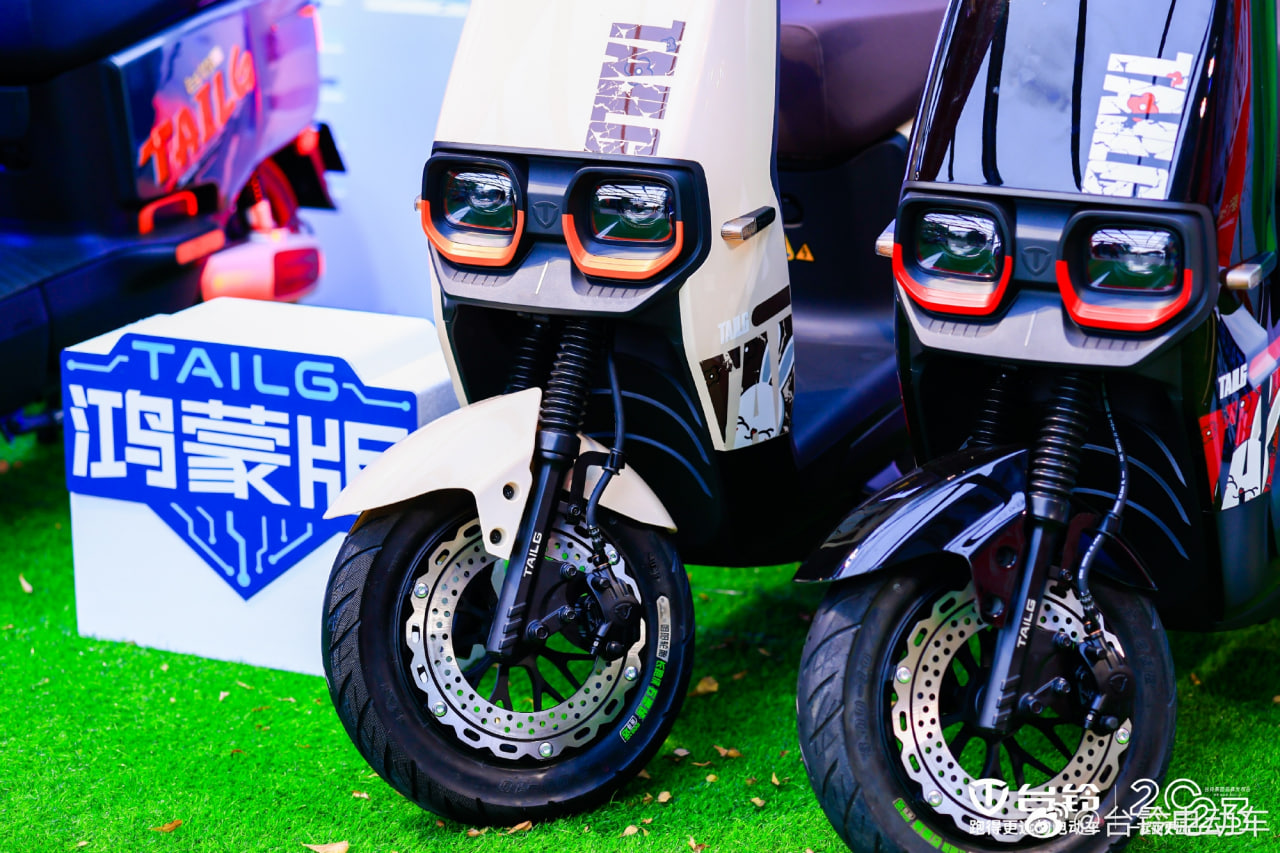
Last year in August, TAILG and Huawei announced cooperation to upgrade electric vehicles, the two companies will establish a joint innovation laboratory to conduct research on IoT and other technologies. This will also allow both firms to achieve technological advantages.
Established in 2004, TAILG is an enterprise specializing in R&D, manufacturing, sale, and service of new energy electric vehicles, Its products cover electric bikes, electric scooters, electric special bikes, electric tricycles, and other vehicles. It has an annual production capacity of 12 million vehicles and more than 30,000 stores exclusively in China.
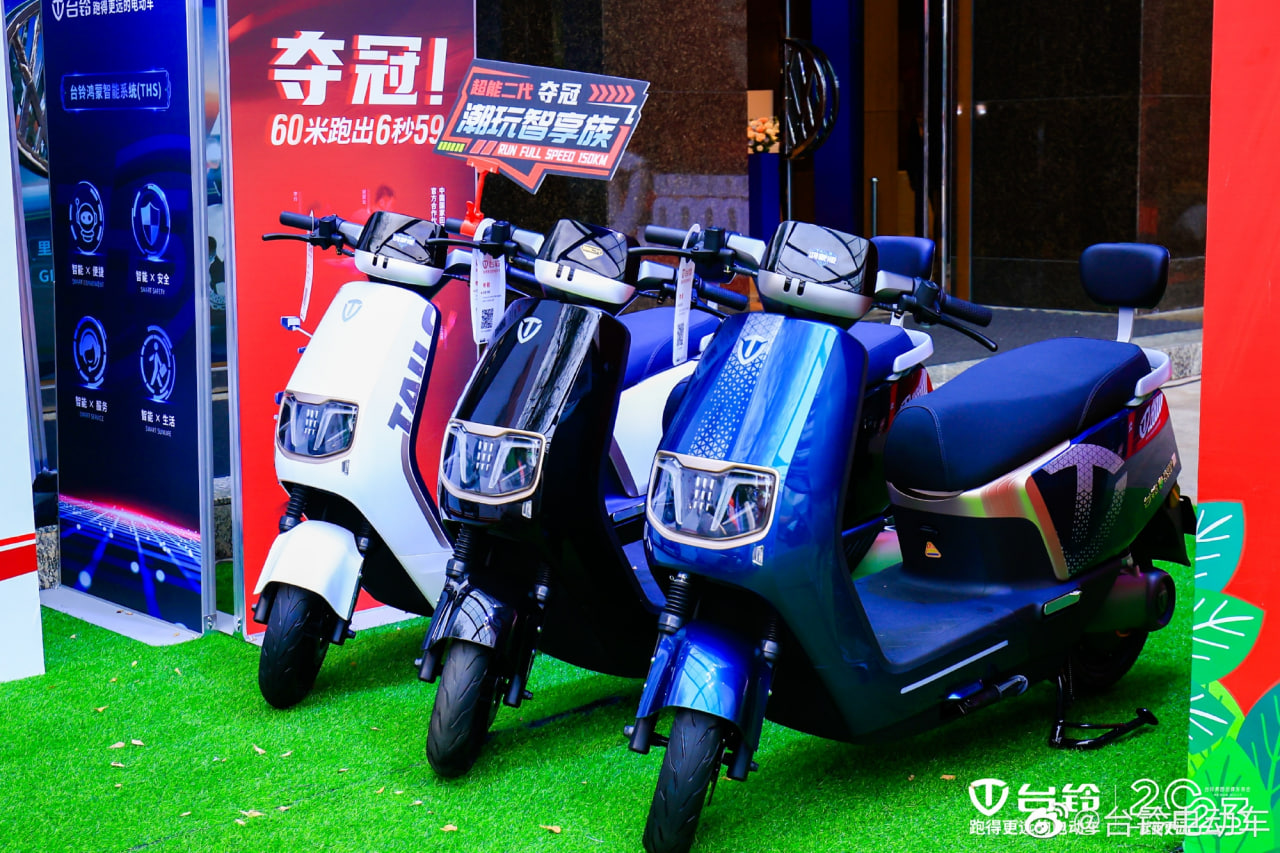
(via – Sina Tech)
HarmonyOS
HarmonyOS 3.1 Developer beta open for smartphone users
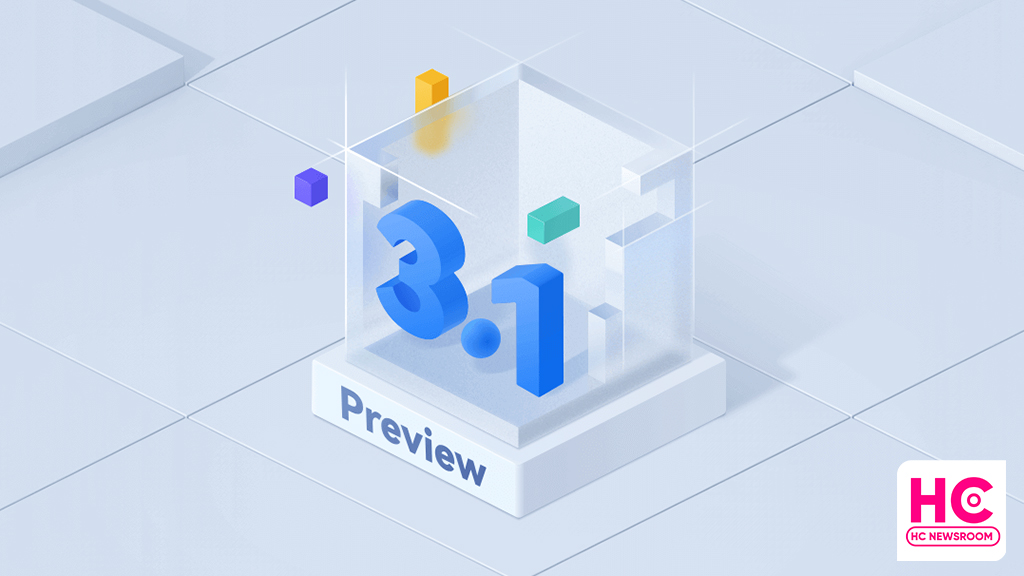
Today, HarmonyOS 3.1 developer preview testing is opened for smartphone users, this recruitment will enable developers to participate in the open beta activity with developer-only features directly into a real device.
According to the information, HarmonyOS 3.1 developer beta is currently being announced for the first phase of devices including Huawei P50 and P50 Pro. However, Huawei has confirmed to add more devices to the test pool later on. Also, a more friendly and subtle beta test is likely to begin in March.
To be mentioned, HarmonyOS 3.1 developer open beta recruitment is applicable until February 13, 2023. Afterward, Huawei will review the test applications. Selected testers will receive an email or SMS to download HarmonyOS 3.1 developer beta OTA rollout.
Also, this beta activity is available only for the Chinese models and only real authenticated accounts will pass the developer beta signup.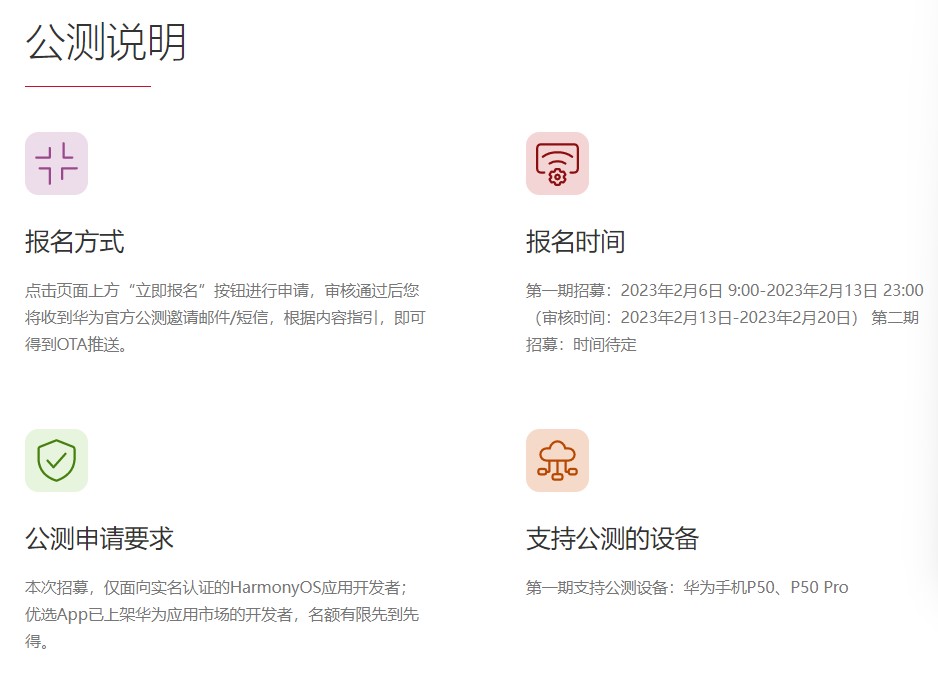
HarmonyOS 3.1 comes constructively adds a new ArkTS language, and with the latest public test, you will experience the improvements and efficiency of the app powered by ArkTS language, STage model, ArkUI, and more.
Below you can check the HarmonyOS 3.1 developer preview features:
- The ability framework adds a stage development model, including stage model life cycle management, scheduling, callback, context acquisition, authentication, and more. At the same time, the operation and management capabilities of the application are enhanced.
- The ArkUI development framework enhances the declarative Canvas/XComponent component capabilities, enhances component layout capabilities and state management capabilities, and optimizes the usability of some components.
- Application package management adds an interface for querying properties related to applications, ability, and ExtensionAbility.
- The common basic class library supports Buffer binary reading and writing.
- Web services add support for document preview and basic editing functions of document-type web applications, as well as cookie management and storage management.
- Added support for YUV, webp image codec, and other capabilities for graphics and images. Added native vsync capabilities, and supports self-drawing engines to independently control the rendering rhythm.
- Added camera configuration and preview functions in Media Services.
- The window service adds window-related interfaces under the Stage model, which enhances the window rotation capability and enhances the avoidance area query capability.
- The globalization service has newly added support for internationalization enhancement capabilities such as time zone lists, transliteration, and phone number attribution.
- The basic capabilities of common events are enhanced, and the commonEvent module is changed to commonEventManager.
- The resource management service adds a synchronization interface for resource acquisition, a new interface for querying resource values based on names, a new interface for querying number and float resource types, and a new way for Stage model resource query.
- Input method service adds input method cursor direction constant.

Android
First Android 14 Developer Beta announced, launch around HarmonyOS 4

Android 14 is the next software version for the Android ecosystem. On February 8, Google stepped ahead to begin the development of this major upgrade with the first developer beta.
Google has released the roadmap for the development, beta testing, platform stability, and the final release of Android 14, which reveals meet the launch of Huawei HarmonyOS 4 later in the second half of 2023.
The first developer preview is already out for the Pixel devices. However, Google could open early access to other smartphone makers such as OnePlus by April when the open beta campaign kicks off.
As mentioned by the Android company, Android 14 is projected to reach platform stability by the end of July. But there’s still a possibility of these milestone timelines to delay, similar to last year.

For your information, the Android 14 developer preview will be a very useful and early gift to the developer community. It will pave a way for the app devs to know more about the upcoming APIs and app features ahead of the final launch.
Looking into the developer preview features, Android 14 promises to improve productivity, enhances performance, improvements to security, and privacy, and bring new customizations.
Yes, there are new tweaks and changes made over Android 12, while there are more that will be visible as the development progress further. Throughout this phase, these developers (and later users) will help to fix bugs and make improvements to the Android 14 source code.
HarmonyOS 4:
Aside from the Android 14 developer beta, Huawei is preparing for the HarmonyOS 3.1 rollout but the company is working on HarmonyOS 4 as a major release for the next generation of Huawei devices. For now, there’s no official launch date available but we are likely to hear more on this at the Huawei Developer Conference (HDC) 2023 event.
HarmonyOS 4 promises big upgrades over HarmonyOS 3 and a major restructure in the user interface (UI). Nonetheless, we’ll keep you posted.

(source – Android)






